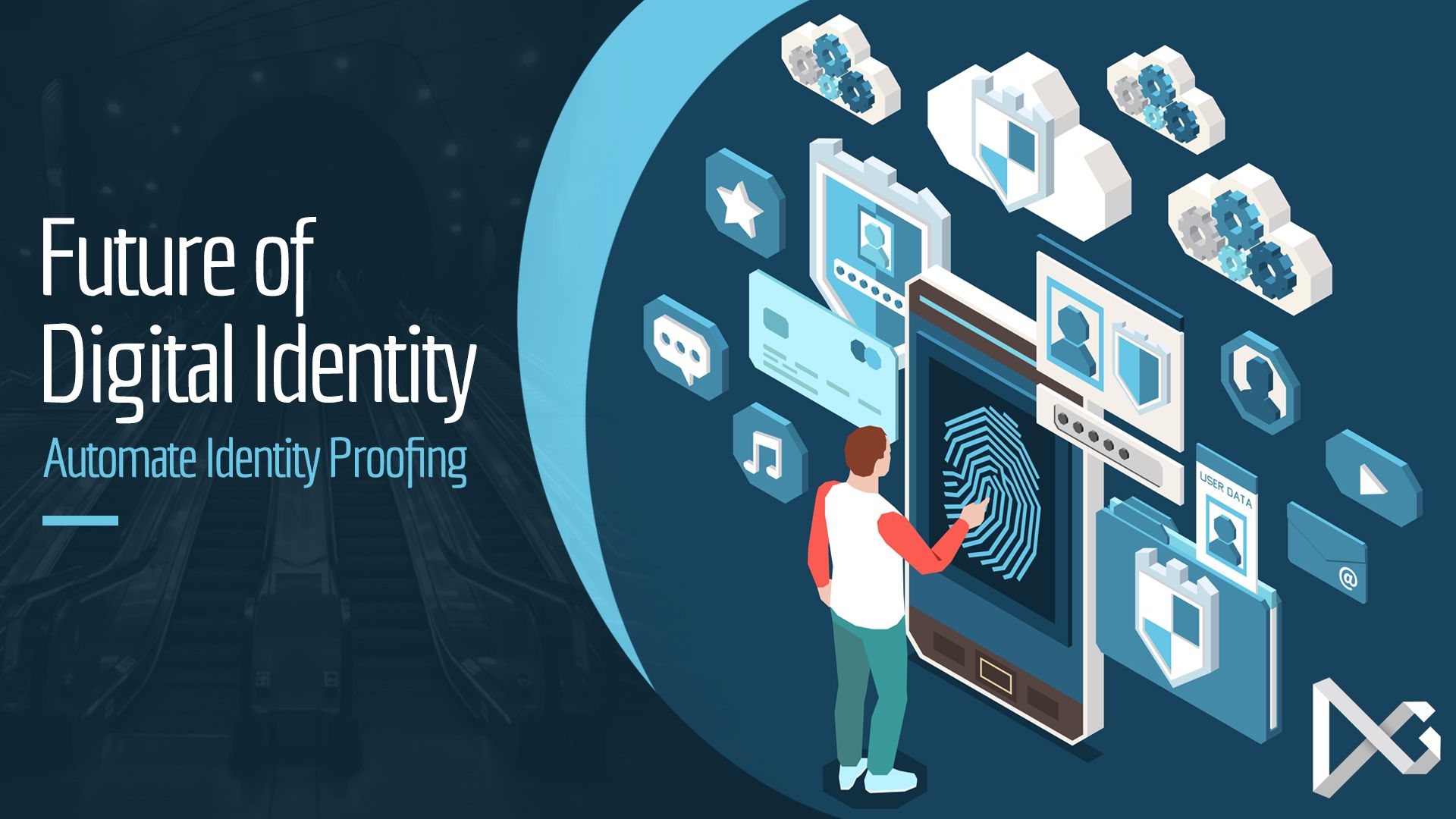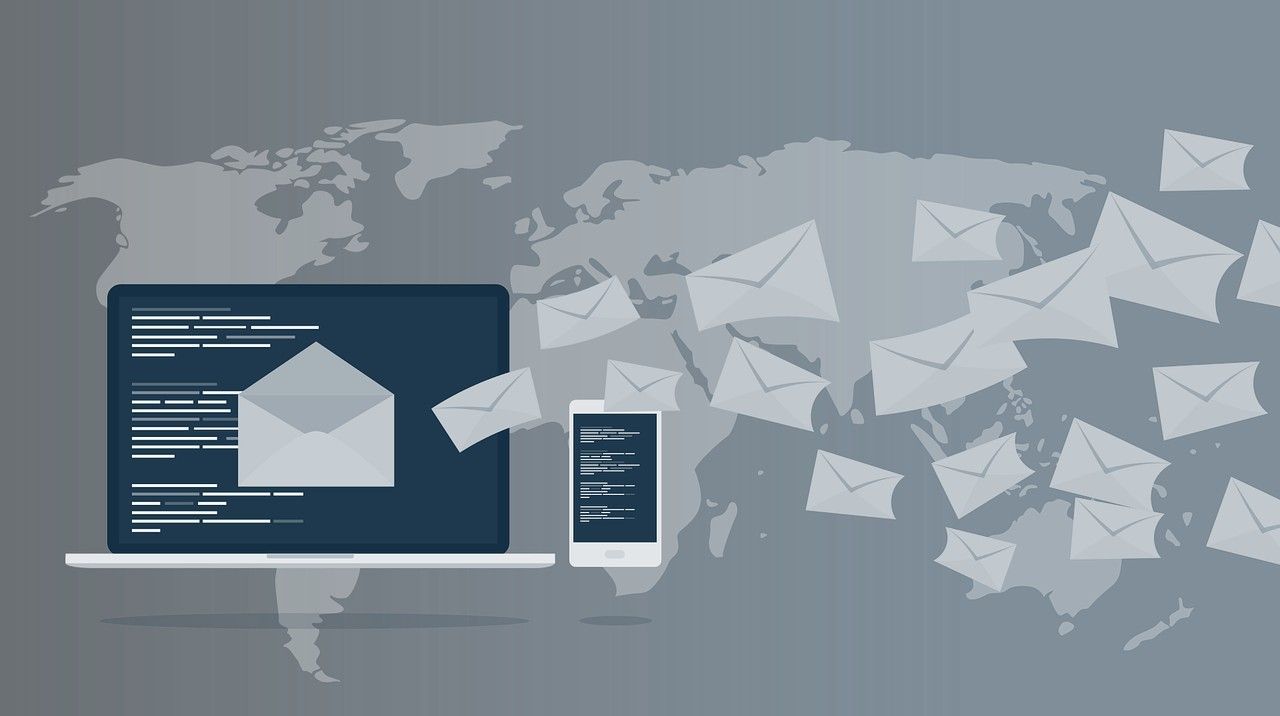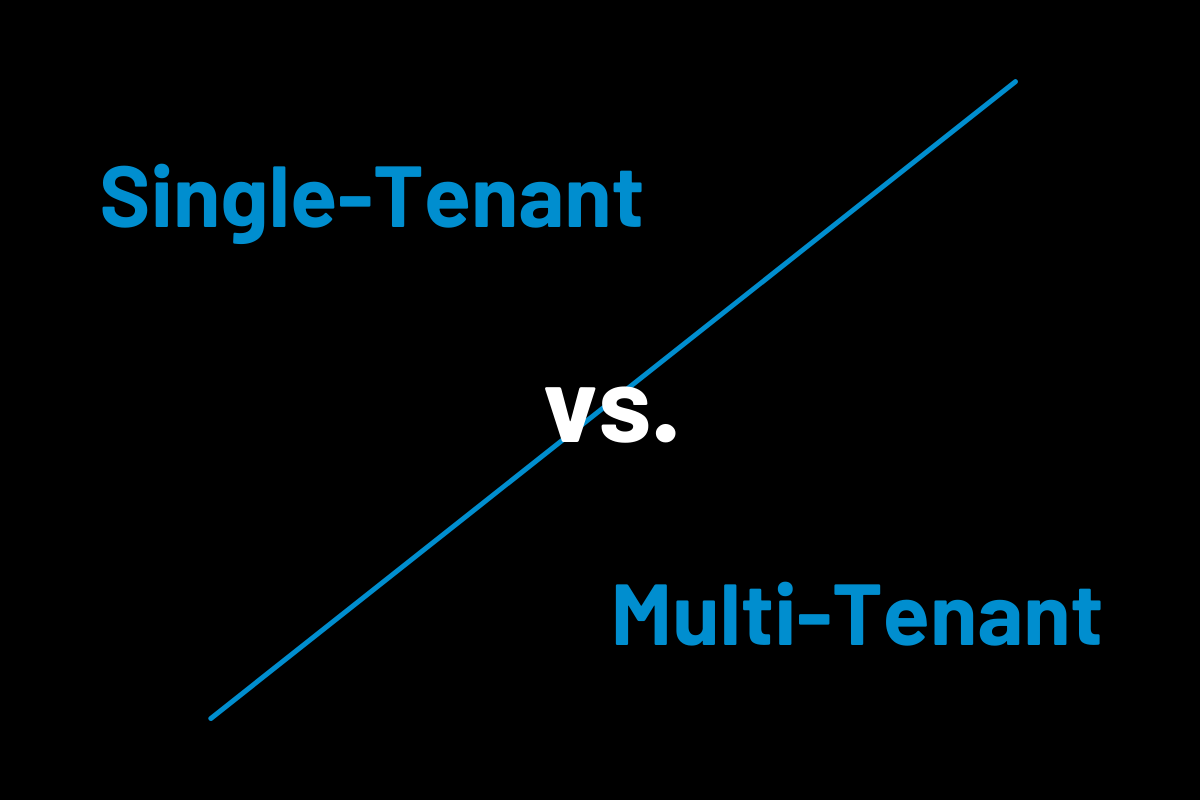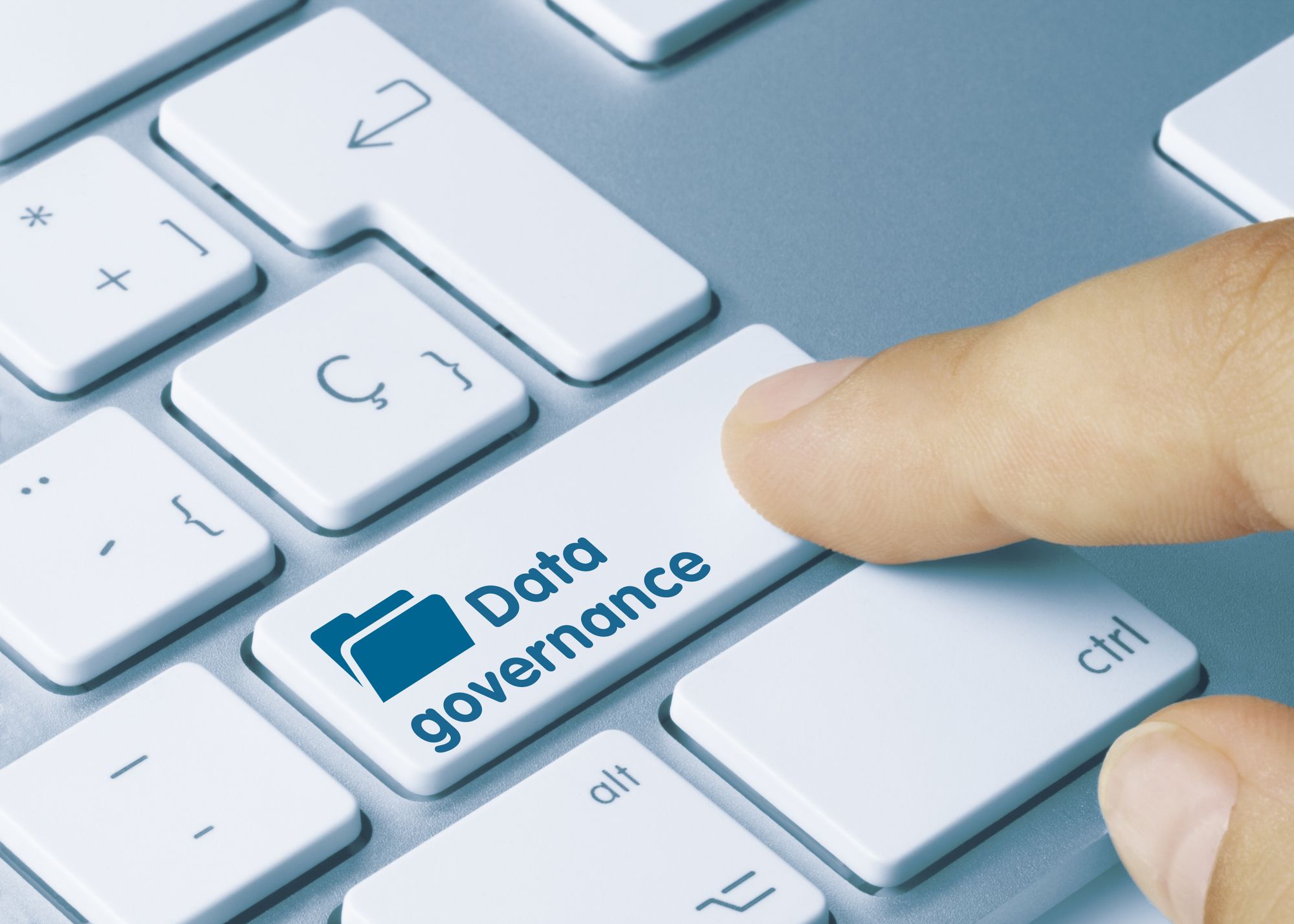
Javelin's 2020 Identity Fraud Survey revealed the total cost of identity fraud in 2019 to be about $16.9 billion (USD). This cost incorporates data breaches, fines from privacy regulations like CCPA and GDPR, and lost or damaged resources. Due to these imminent risks, the need to reliably authenticate the identities of users is crucial in your security infrastructure.
Fundamentally, users self-register. Self-registration is a form of identity proofing that captures just the phone number and email in most cases. This is not enough as it communicates minute details about the user. That's the more reason it is crucial to go beyond self-registration and leverage automated and intelligent identity proofing to identify users who need access into your system and network.
What is Identity Proofing?
Identity Proofing is a verification process of a user's identity. We should not mix this up with the normal authentication which is based on the combination of username and password. Identity precedes the time users secure their credentials to log into an application coupled with the normal authentication process.
To explain identity spoofing better, the two definitions provided by the National Institute of Standards and Technology(NIST) will suffice. According to the NIST's Digital Identity Framework;
- Claimed Identity: Data relating to the declared identity by users when they are registered into an IAM system. In other words, who they claim to be.
- Actual Identity: Data that proves the validity of the user's identity. This is who they really are.
Identity proofing has one major objective. It is to ensure the claimed identity synchronizes with the actual identity of users. This is why it functions as a first-layer of defense against intrusion on the identity perimeter.
Why use AI for Identity Proofing?
So the question is, why automate identity proofing? What are the flaws of the manual process?
Risk of compromise by ignorant staff
There have been several cases of compliance staff saddled with the responsibilities of verifying ID documents soiling their hands in identity theft. According to a report published on ABC News of a new trend where bank tellers steal confidential data.
The manual process is flawed. Once customers discover their confidential data are being used in dubious activities, they will never believe in the reputation of your company.
High cost of workforce
Setting up a human workforce will cost you compared to automating identity proofing. You will need to pay salaries, purchase computers, pay rent, and other miscellaneous expenses. For instance, it can cost you $45/hour to compensate the compliance team. That's about $225,000 in a year for a 1000 team. Marketwatch also published the average cost of renting a space per worker. Guess what? $14,800 per year in New York. If you resort to utilizing an automated solution, you can reduce all these costs by 70%.
Snail-speed processing
Aside from the cost, you will need considerable time to properly onboard the compliance team with a manual process. You can lose potential customers who need your services on the spot or have your reputation impacted due to poor handling by yet-to-be trained staff. Some financial institutions still employ manual KYC which can take more than two days or even weeks. If your clients need to wait for days, they might as well go elsewhere where the process is automated.
Human Error
Humans get tired and this fatigue can lead to error. This is a big challenge when using manual ID checks. On the other hand, machines don't get tired or bored; and they cannot lose focus. Not only that, errors can arise if an organization lacks a trained and competent compliance team.
Difficulty in Scaling
Manual ID checks become difficult to scale when accessing new markets. You would have to outsource a new team conversant with local regulations. Unlike automated checks where businesses can onboard new customers in real-time.
What are the benefits of Intelligent and Automated Identity Proofing?
- Automated Identity proofing eases the onboarding process and enables businesses to boost their client retention rates. With a digital solution, you can verify the identity of users within a few minutes.
- You can scale without hiring or outsourcing a large compliance team. Automation enables easy access to new markets.
- Secure storage of confidential data supplied by users.
- Documents are checked using innovative and advanced technologies such as OCR, Machine learning, and MRZ recognition.
What KYC solution providers check-in documents and how?
For an ID document to be successfully verified, the platform you choose will check the correct colors, document borders, brightness, and skews. Then, it classifies the document automatically by:
- type
- issuing country
- revision
Next, it verifies the visual authenticity. It looks out for the security features. Are the fonts correct or is the document a duplicate? Does it align with the document template guidelines? Is there a photo on it? After this, the MRZ (Machine-readable Zone) code matches in line with the document type, which is subsequently classified into values based on rules. These decoded values are matched for validity with data generated from the visual aspect of the document.
The system then scans for human portrait photos. Additional features like photo, signature, foto, barcode and QR code are extracted from the provided document. It also checks for the expiry date.
Utilizing the document data, it checks for the profile of the user and highlights any discrepancies. The system then requests the user to supply selfie photos coupled with the document to be verified. The selfie photo is compared with the portrait present on the document. This is to check whether the pictures are from the same individual.
How can companies automate identity proofing?
If you have made up your mind to automate your identity proofing process, here are things you need to know:
1. Identity document capture
The right solution permits businesses to integrate automatic file capture into their applications. The right tool will also guide users all through the verification process.
2. Biometric capture
The biometric tools enable users to pose for a selfie. It can also request a facial recognition video to match the identity of the holders with the documents.
3. Automated and hybrid analysis
Deep analysis performs real-time analysis of submitted files, as well as the biometric capture and compares the data sets. If there is difficulty in verifying the ID, a fraud expert will step in to manually check.
4. Real-time result
Having finalized the analysis, the user will be provided with a real-time result on the validity, authenticity, as well as uniformity of the documents analyzed.
Conclusion
AI in the field of automated ID Proofing has demonstrated better outcomes than human review. Machines do not get tired or bored, are not biased or prone to flaws common with human intervention. I strongly believe companies will accomplish better match results automating identity proofing compared to going manual.
Originally published at Entrepreneur

https://bit.ly/3yMXLWF
https://bit.ly/327zgrF
https://guptadeepak.com/content/images/2021/10/Future-of-Digital-Identity---Automate-Identity-Proofing---guptadeepak.com.jpeg
https://guptadeepak.weebly.com/deepak-gupta/the-different-ways-artificial-intelligence-solves-real-world-digital-identity-challenges


















